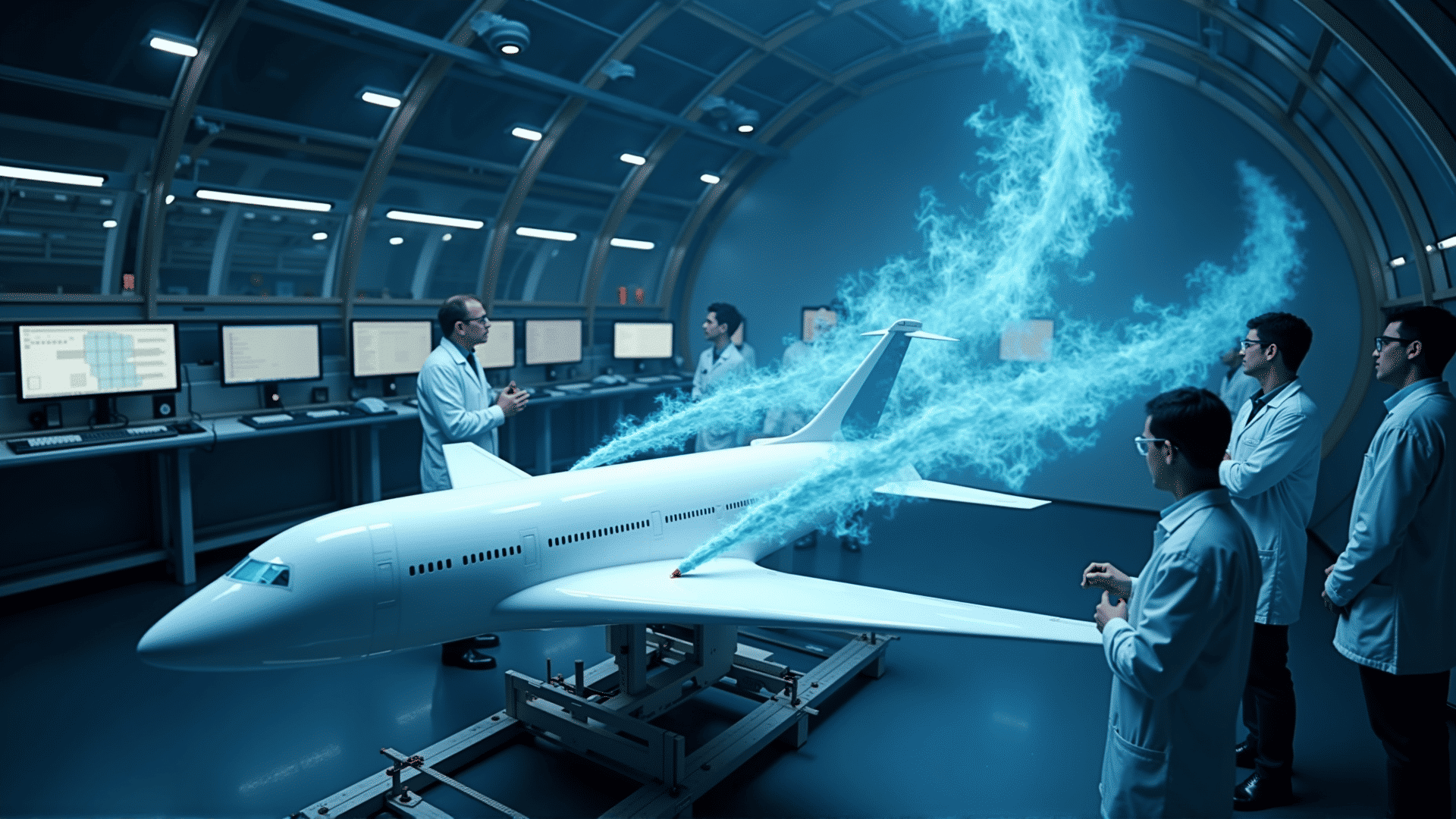In the pursuit of excellence in aviation, advanced aerodynamic research plays a pivotal role in enhancing flight performance. The field of aerodynamics focuses on the behavior of air as it interacts with solid objects, such as aircraft, and is crucial in optimizing the efficiency, speed, and safety of flight.
One of the primary objectives of advanced aerodynamics is to reduce drag. Drag is the resistance an aircraft faces as it moves through the air, and minimizing this force can significantly improve fuel efficiency and speed. Researchers and engineers work tirelessly to design and test new airfoil shapes and wing configurations that streamline airflow and reduce drag. Smooth surfaces and optimized shapes allow aircraft to cut through the air more efficiently, saving fuel and reducing operational costs.
In parallel, lift enhancement remains at the forefront of aerodynamic research. Lift is the force that allows an aircraft to rise off the ground and maintain altitude. By refining wing designs and employing innovative technologies, such as winglets and slats, engineers can increase lift while minimizing drag. This results in improved takeoff and landing performance, allowing aircraft to operate in a wider range of environments, including shorter runways and higher altitudes.
Another significant area of focus is the management of turbulence. Turbulence can affect passenger comfort and aircraft handling. By understanding the complex fluid dynamics involved, researchers are developing methods to mitigate turbulence effects. Advanced sensors and control systems help aircraft respond dynamically to turbulent conditions, ensuring smoother and more stable flights.
The integration of computational fluid dynamics (CFD) simulations has revolutionized aerodynamic research. These simulations allow engineers to model and analyze airflow over aircraft structures in a virtual environment, providing valuable insights into potential design improvements without the need for costly and time-consuming physical testing. CFD tools enable the rapid iteration and optimization of designs, pushing the boundaries of what is possible in aerodynamic performance.
Incorporating sustainable technologies is becoming increasingly important in the field. The development of electric and hybrid propulsion systems presents new challenges and opportunities for aerodynamic optimization. Researchers are exploring how these systems can be integrated with reduced-drag designs to create more eco-friendly and efficient aircraft.
The efforts in advanced aerodynamics extend beyond traditional aviation applications. Unmanned aerial vehicles (UAVs) and drones benefit from these innovations, achieving greater range, stability, and payload capabilities. Furthermore, the principles of aerodynamics are being applied to ground vehicles, maritime vessels, and even sports equipment, showcasing the broad impact of this scientific discipline.
Through continual research and application of cutting-edge technologies, the field of advanced aerodynamics is unlocking new frontiers in aviation. By optimizing flight performance, enhancing safety, and embracing sustainability, these innovations pave the way for a future where air travel is more efficient, accessible, and environmentally responsible.
